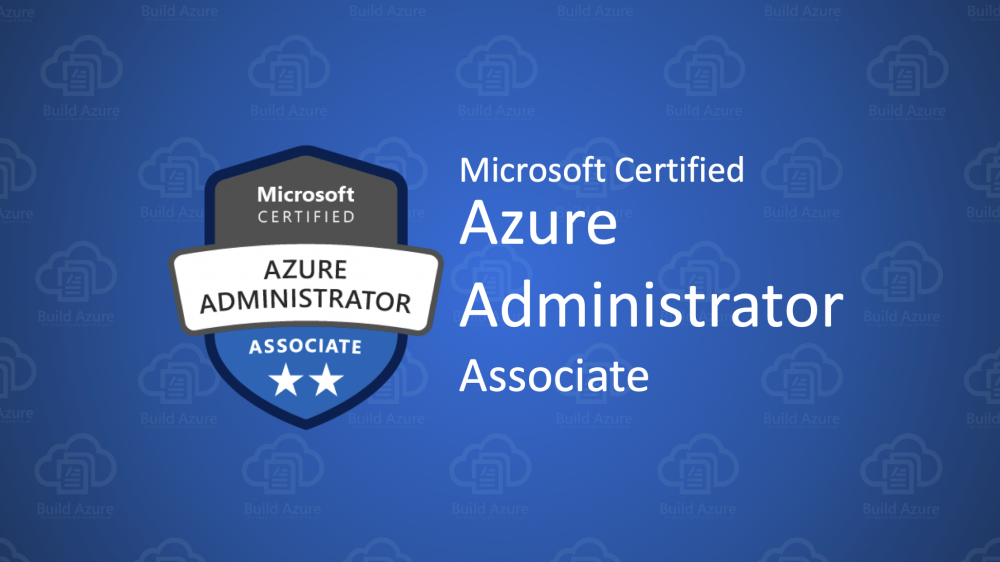
Things to Note About Microsoft Azure Administrator Associate
What is Microsoft Azure Administrator Associate?
Azure Administrator Associate is one of Microsoft's newest role-based certifications. This associate level course, which is quickly gaining popularity, is ideal for those looking to advance further up the IT career ladder while also broadening their knowledge base and skill set.
Overview of the Azure Administrator Associate Certification
This associate level certificate is intended for individuals who have at least two years of experience with Azure systems, both theoretical and practical.
The Azure Administrator's role is to implement and monitor Azure systems, as well as to maintain all major storage, network, and security services.
Microsoft recommends the optional prerequisite certification 'Azure Fundamentals,' but this is not required if you already have other certifications or several years of practical experience. The certification requires passing one exam (AZ-103) in one of the following languages: English, Japanese, Chinese, or Korean.
It is vital to note that in order to pursue the expert-level Azure DevOps Engineer Expert certification, you must first earn the Azure Administrator Associate certification.
What Competencies Does This Certification Cover?
The AZ-103 exam is graded in five sections, each of which is subdivided into subsections, with each section accounting for a specific percentage of your overall score.
This grading system requires you to demonstrate proficiency in all five sections in order to earn a passing grade. The following sections and their subheadings are included:
Implement and manage storage (15-20%)
- Configure and create storage accounts
- Importing and exporting data to and from Azure
- Customize Azure files
- Integrate Azure backups
Manage identities (15-20%)
- Administration of Azure Active Directory (AD)
- Manage Azure Active Directory objects (users, groups, and devices)
- Establish and maintain hybrid identities
- Ensure multi-factor authentication is in place (MFA)
Manage Azure subscriptions and resources (15-20%)
- Take charge of Azure subscriptions
- Conduct a resource utilization and consumption analysis
- Supervise resource groups
- Manage access control on a role-based basis
Configuration and Management of virtual networks (30-35%)
- Establish connectivity among virtual networks
- Create and manage virtual networking environments
- Configure the name resolution protocol
- Configure and create a Network Security Group (NSG)
- Ensure the proper operation of virtual networking by monitoring and troubleshooting
- Connect your on-premises network to your Azure virtual network
Deployment and management of virtual machines (VMs) (15-20%)
- Construct and configure a virtual machine for Windows and Linux
- Automate the deployment of virtual machines
- Manage Azure virtual machines
- Manage virtual machine backups
Why would you want to become an Azure Administrator?
Cloud computing has grown at an exponential rate, with over 90% of businesses utilizing cloud services in some capacity. Cloud computing is a no-brainer for the majority of businesses – and individuals – because it eliminates the need for expensive infrastructure and hardware.
Certification demonstrates to employers that you are up to date on the technical requirements for the Modern Azure Administrator role and establishes your expertise.
Despite stiff competition from Amazon Web Services (AWS) and Google Cloud Platform, Azure is rapidly growing in popularity as one of the world's most popular cloud platforms.
Microsoft Azure, as a market leader, covers all cloud fundamentals in addition to a slew of other convenient features and tools such as virtual machines, caching, and SQL data base management.

